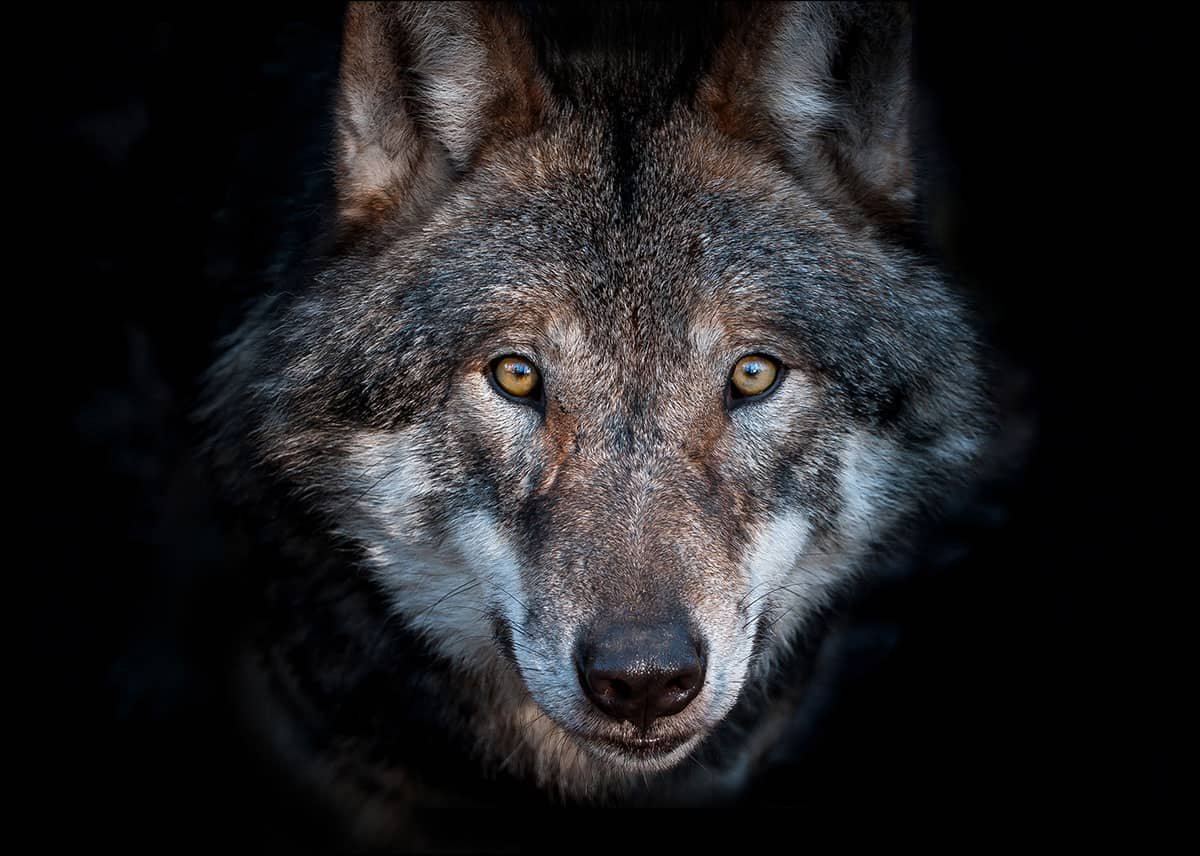The differences between wolves and dogs that are worth exploring starts with that they are not domesticated animals. A wolf is a wild animal with a long, shaggy coat that can be a light gray or brown in color. Wolves are usually found in packs and are primarily nocturnal. Wolves are carnivores and feed on a wide variety of prey, including carrion and small mammals.
It has been long debated whether dogs are truly domesticated wolves, or if they are a separate species altogether. While there are many similarities between the two, there are also some key differences. It is a common misconception that wolves and dogs are the same species. In reality, dogs are a domesticated version of the gray wolf.
Key Differences Between Wolves and Dogs
Dogs and wolves share a common ancestor, but their behavior and physical characteristics have evolved to suite their respective environments. Dogs are typically more friendly and social with people, while wolves are wary of humans. Dogs are also smaller in size, with shorter fur coats, whereas wolves are much larger and have thicker fur coats. Wolves also live in colder climates, while dogs can be found in a variety of habitats.
In the wild, wolves are apex predators. Dogs are not. A wolf’s territory is typically about 100 square miles, while a dog’s territory is typically about 1 square mile.
Wolves and Dogs Breed Differently

Behavior
Though they share some similarities, there are also distinct behavioral differences between wolves and dogs. Wolves are more solitary and dogs are more social. Wolves are pack animals and dogs are not. Hunting for food is more likely for wolves and dogs are more likely to scavenge for food. Wolves are also more likely to hunt for prey and dogs are more likely to hunt for social interaction.
Speed Difference Between Wolves and Dogs
Wolves Mature Faster Than Dogs
Dogs and wolves both mature more quickly than humans. Dogs grow to be about the size of a fully grown human in just a few months. Wolves grow to be about the size of a fully grown human in about a year. Wolves also have a larger brain than dogs, which makes them more intelligent. Dogs have a more complex social structure, which makes them more likely to be friendly to humans. Wolves are not as social, which makes them less likely to be friendly to humans.

Brain Differences Between Wolves and Dogs
Wolves have a higher body mass-to-brain mass ratio than dogs. Wolves are very good at hunting, which is why they are hunters. Dogs are domesticated, which means that they are not hunters. Wolves have a much wider range of hearing than dogs. Dogs can hear up to 45,000 Hz, whereas wolves can hear up to 120,000 Hz.
There is a big differences between wolves and dogs’ brains, according to a new study. Researchers found that the brains of dogs have been changed through domestication, while the brains of wolves have not.

Species Difference Between Wolves and Dogs
Teeth Difference
The teeth of a dog are designed for chewing. They have flat molars and strong chewing muscles. The teeth of a dog also have sharp points which puncture flesh to allow the dog to eat the meat. The teeth of a wolf are designed to tear and rip flesh. The teeth of a wolf have sharp points which can easily puncture meat and kill prey. The teeth of a wolf have flat molars and strong chewing muscles.






